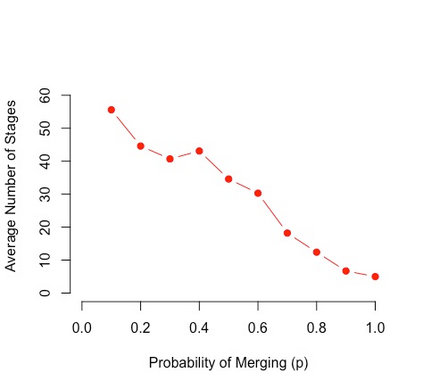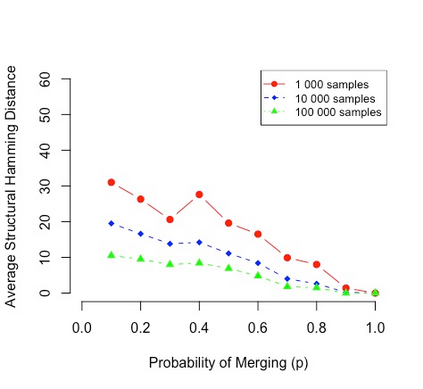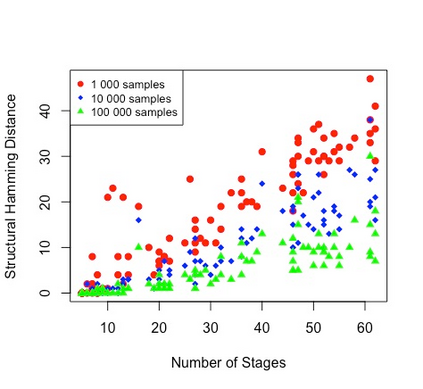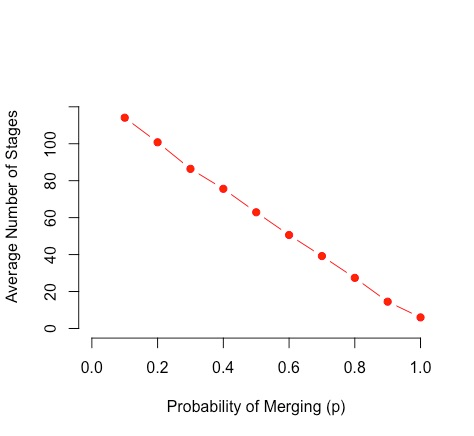We consider the problem of representing causal models that encode context-specific information for discrete data using a proper subclass of staged tree models which we call CStrees. We show that the context-specific information encoded by a CStree can be equivalently expressed via a collection of DAGs. As not all staged tree models admit this property, CStrees are a subclass that provides a transparent, intuitive and compact representation of context-specific causal information. We prove that CStrees admit a global Markov property which yields a graphical criterion for model equivalence generalizing that of Verma and Pearl for DAG models. These results extend to the general interventional model setting, making CStrees the first family of context-specific models admitting a characterization of interventional model equivalence. We also provide a closed-form formula for the maximum likelihood estimator of a CStree and use it to show that the Bayesian information criterion is a locally consistent score function for this model class. The performance of CStrees is analyzed on both simulated and real data, where we see that modeling with CStrees instead of general staged trees does not result in a significant loss of predictive accuracy, while affording DAG representations of context-specific causal information.
翻译:我们考虑的是,采用我们称为CStrees的分阶段树模型的适当亚类,将特定背景信息编码为离散数据的因果模型的问题。我们表明,CSTree所编码的特定背景信息可以通过一系列DAGs表示等同。由于并非所有的分阶段树模型都承认这一属性,CSTrees都是一个提供透明、直观和紧凑的根据具体背景的因果关系信息的子类。我们证明,CSTrees承认了一个全球Markov属性,该属性产生一个图形化标准,用于对Verma和Pearl等同模式进行概括,我们称之为DAG模型的模型。这些结果延伸至一般干预模型设置,使CSTrees是特定背景模式的第一个家庭,承认干预模式等同的特征。我们还为CSTrees的最大可能性估计者提供了一种封闭式公式,用它来显示Bayesian信息标准是本模型类的当地一致的得分函数。CSTrees的表现在模拟和真实数据上都进行了图形化的模拟和真实的等同标准。我们从中看到,以CStrees为CStrees的模型的模型的模型的模型的模型的模型的精确性,而以CStreal real remastry remastration 而不是一个总的假设性结果,我们提供了一个重大的损测测测结果。












